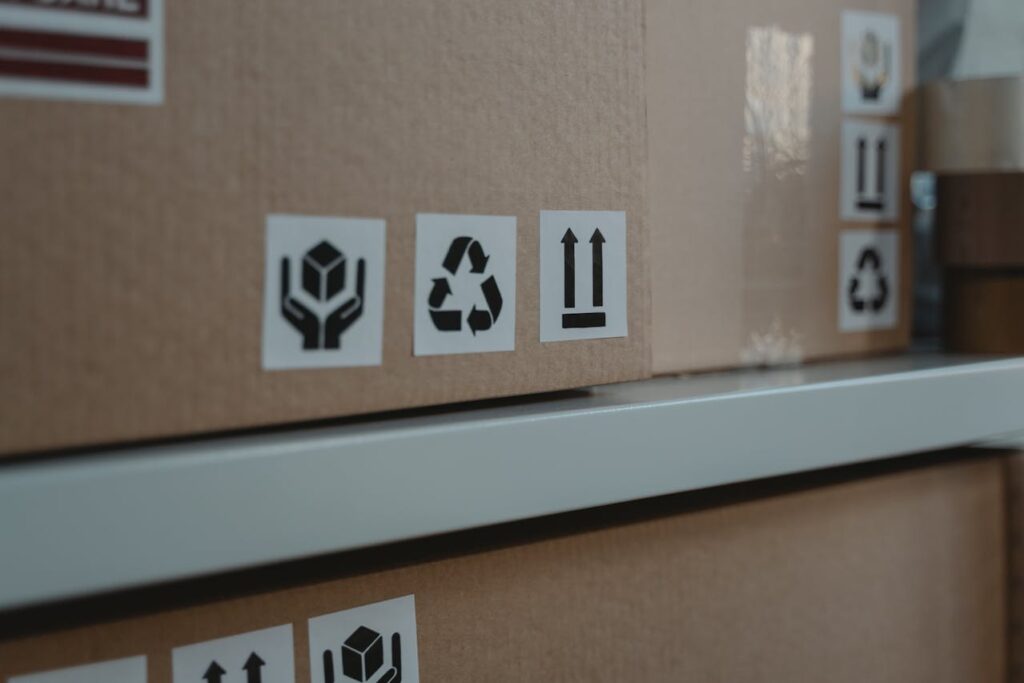
The linear economic model of “take, make, use, dispose” has driven industrial growth for centuries, but it has simultaneously fueled resource depletion, environmental degradation, and mounting waste crises. In response, a revolutionary paradigm is gaining traction: the circular economy. This model, often summarized as “reduce, reuse, recycle,” goes far beyond simple waste management. It’s a systemic approach designed to keep resources in use for as long as possible, extract the maximum value from them while in use, then recover and regenerate products and materials at the end of each service life. In essence, it’s about turning waste into wealth, transforming liabilities into valuable assets.
The core principle of the circular economy is to decouple economic growth from the consumption of finite resources. This is achieved through three fundamental principles:
- Design out waste and pollution: This involves rethinking product design from the very beginning to eliminate waste and pollution before they are even created. Products are designed for durability, repairability, and easy disassembly for material recovery.
- Keep products and materials in use: This means extending the lifespan of products and components through maintenance, repair, reuse, and remanufacturing. When a product can no longer be used, its materials are recovered and recycled to create new products.
- Regenerate natural systems: This principle focuses on returning biological materials to the earth, enhancing natural capital, and supporting biodiversity, for instance, through composting or anaerobic digestion.
The economic opportunities presented by the circular economy are vast and diverse. One of the most direct pathways to wealth creation is through resource recovery and recycling. Instead of costly disposal, materials like plastics, metals, glass, and even organic waste are transformed into valuable inputs for new products. This not only reduces the need for virgin resources but also creates new industries and jobs in collection, sorting, processing, and manufacturing. Companies specializing in advanced recycling technologies, such as chemical recycling for plastics, are emerging as key players, offering solutions for hard-to-recycle materials.
Remanufacturing and repair services represent another significant avenue for value creation. Products like electronics, machinery, and automotive parts can be restored to “as new” condition, often at a fraction of the cost and with a much lower environmental footprint than manufacturing new ones. This extends product lifespans, reduces material consumption, and provides high-skilled employment opportunities. Businesses built around repair cafes, spare parts marketplaces, and industrial remanufacturing are tapping into a growing market for durable and cost-effective solutions.
The rise of product-as-a-service models is a transformative aspect of the circular economy. Instead of selling a product outright, companies retain ownership and lease it to customers, taking responsibility for its maintenance, repair, and eventual end-of-life recovery. This incentivizes manufacturers to design more durable and repairable products, as their profitability is linked to the product’s longevity and reuse. Examples include lighting companies leasing lighting solutions rather than selling bulbs, or carpet manufacturers offering flooring services where they take back and recycle used carpets. This model shifts the focus from selling volume to delivering value and performance.
Waste-to-energy initiatives also play a role, particularly for waste that cannot be economically recycled or reused. While lower on the circularity hierarchy, converting non-recyclable waste into energy can reduce landfill reliance and provide a source of power. Similarly, turning organic waste into compost or biogas regenerates natural systems, creating valuable fertilizers and renewable energy.
The benefits extend beyond direct financial gains. Companies adopting circular practices often enhance their brand reputation and customer loyalty, appealing to increasingly environmentally conscious consumers. They can mitigate risks associated with volatile raw material prices and supply chain disruptions by relying more on recovered materials. Furthermore, adherence to circular principles can lead to regulatory advantages and better access to “green finance” from investors keen on supporting sustainable businesses.
However, the transition to a fully circular economy is not without its challenges. It requires significant investment in new infrastructure for collection, sorting, and processing of materials. Technological advancements are continuously needed to make recycling and remanufacturing processes more efficient and economically viable. Consumer behavior change is crucial, encouraging repair over replacement and participating in robust recycling programs. Perhaps most importantly, it demands policy frameworks and regulations that incentivize circular practices, penalize waste, and support cross-sector collaboration.
Globally, pioneering examples showcase the circular economy in action. In Europe, countries are implementing ambitious circular economy action plans, targeting increased recycling rates and reduced landfilling. Companies like Interface are leading the way in circular carpet manufacturing, designing products for disassembly and recycling. Patagonia encourages customers to repair their clothing, offering repair services to extend product life.
In India, given the high population density and significant waste generation, the circular economy holds immense potential. Initiatives like efficient waste segregation at source, decentralized composting for organic waste, and the development of robust reverse logistics for e-waste and plastic waste are critical. Startups are emerging to address specific waste streams, turning construction and demolition waste into building materials, or converting agricultural waste into biofuels. The National Green Hydrogen Mission and schemes promoting electric vehicles are also aligning with circular principles by reducing reliance on fossil fuels and promoting resource efficiency.
In conclusion, the circular economy is more than just a buzzword; it’s a pragmatic and powerful framework for sustainable economic growth. By fundamentally redesigning how we produce and consume, it transforms what was once considered “waste” into a perpetual source of value, creating new industries, jobs, and a healthier planet. It represents a paradigm shift where profitability and environmental stewardship are not mutually exclusive, but rather, mutually reinforcing.